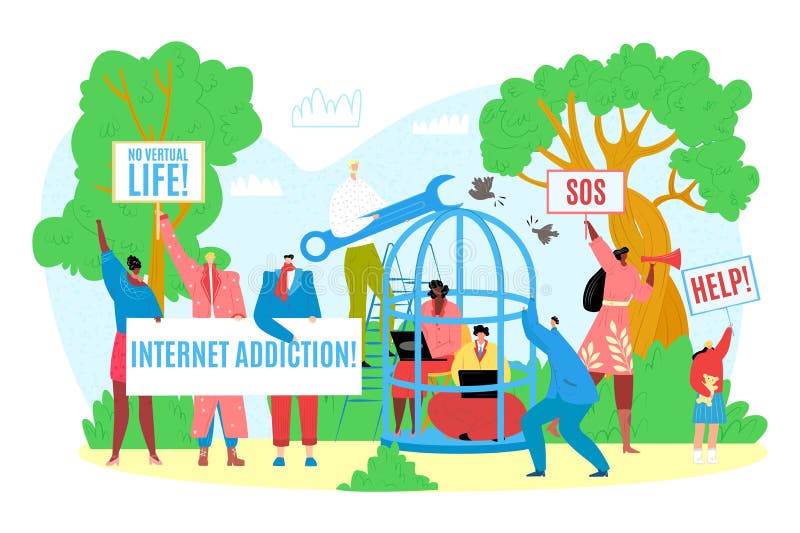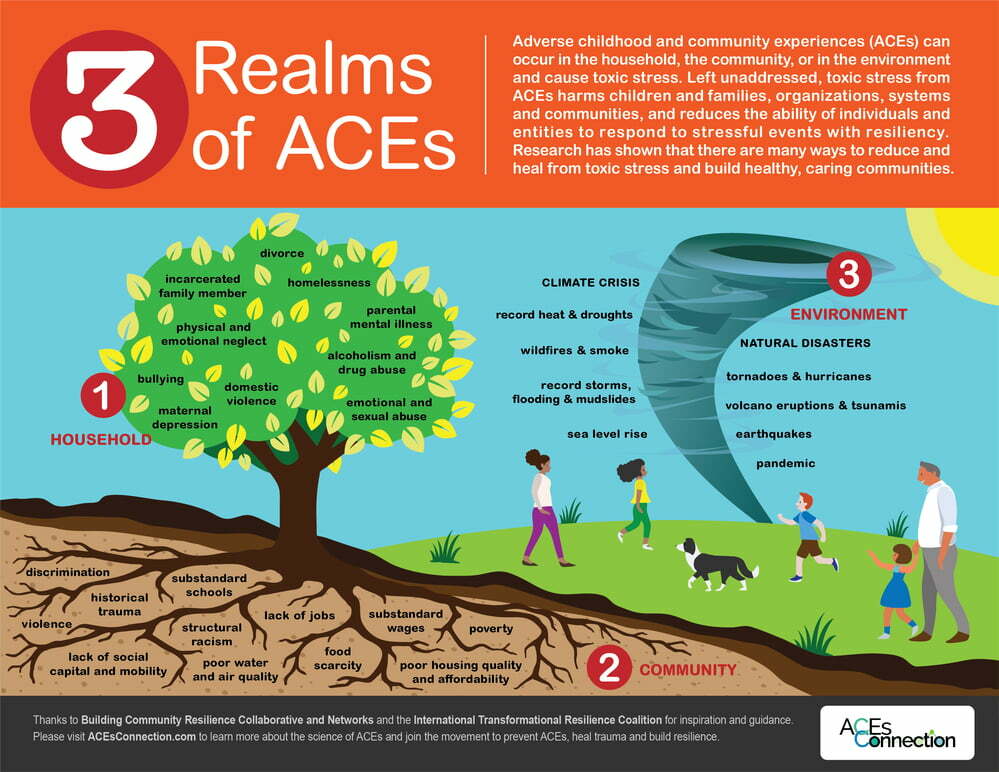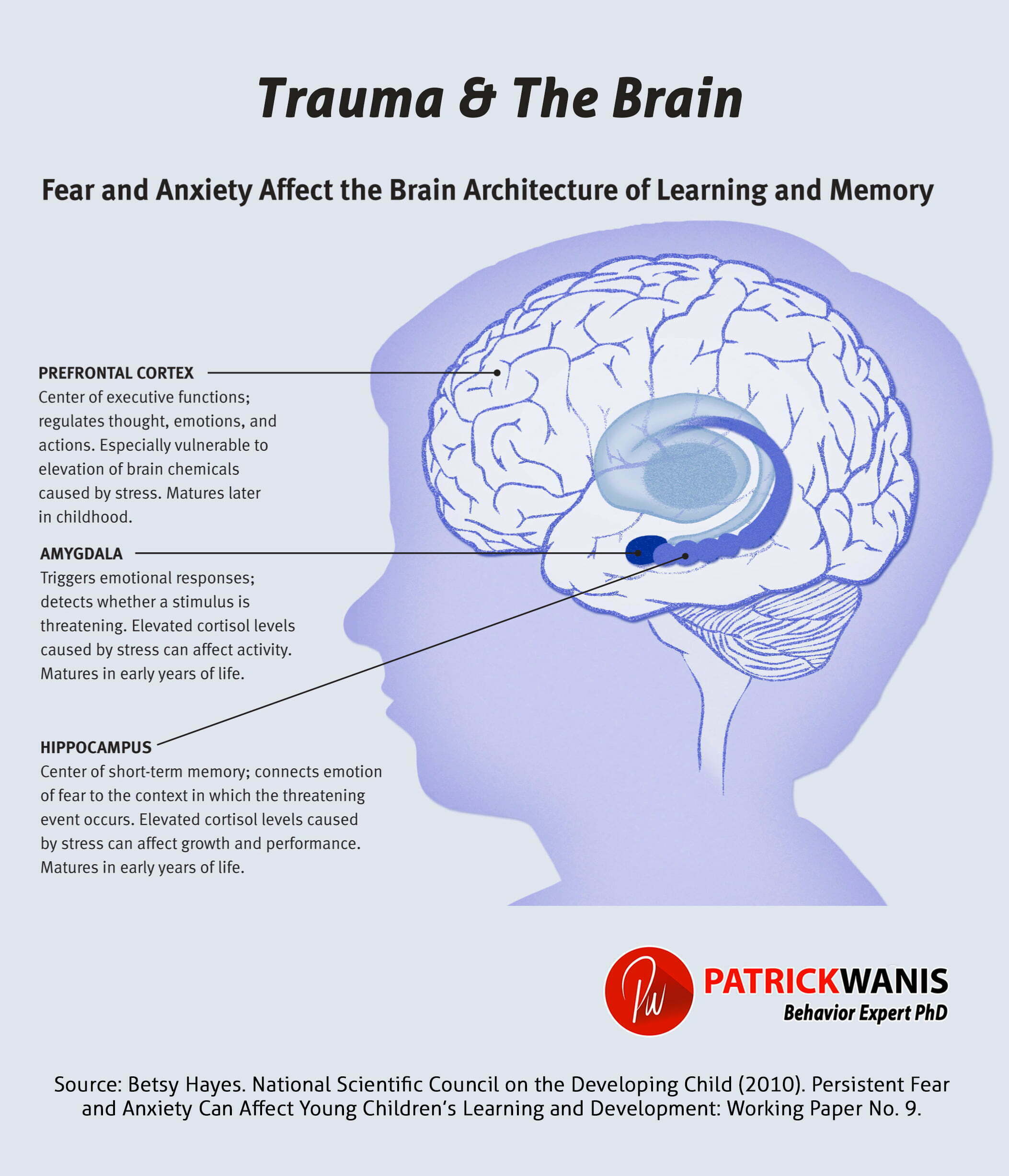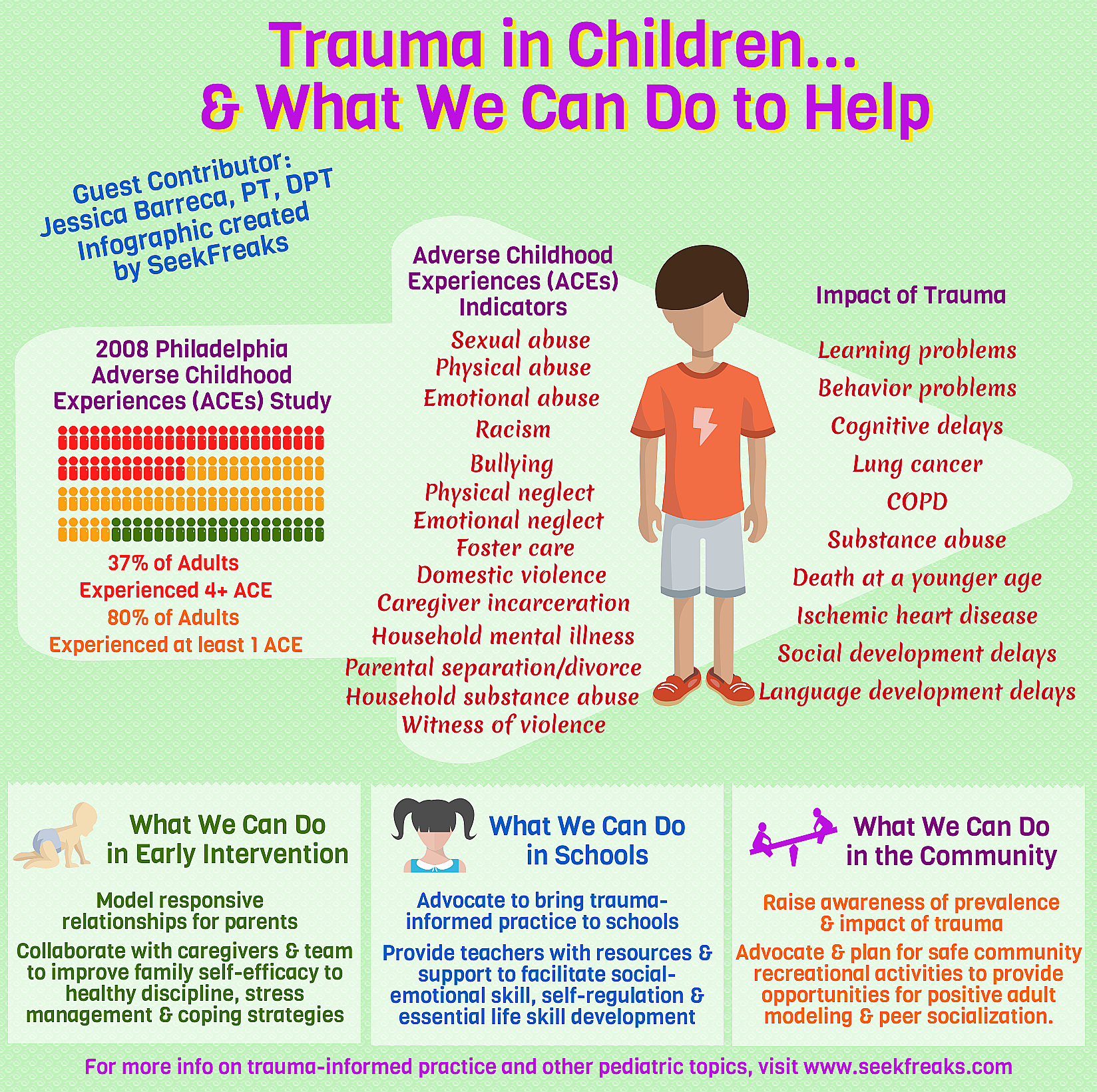The culture and the environment in which we live have undergone a significant change throughout time. The so-called technology world has been introduced to the young people growing up today and since the 1990s. Due to this, instead of kids playing outside and engaging in physical activity, they now spend much of their free time using technology or using social media. We have observed the detrimental consequences of technology exposure on youngsters throughout studies. There has been evidence that younger children, notably those between the ages of 0 and 5, are more affected. To be more precise, using this phrase when discussing cyberpsychology enables people to better comprehend how technology affects identity, development, relationships, mental health, and behaviors.Even if there are some drawbacks to technology, it can be advantageous for young learners when used properly. Additionally, it can improve all kids' access to educational opportunities. This could also be utilized to improve interactions between parents, families, early childhood educators, and young children whose geographic circumstances could make it difficult for them to interact and communicate in person without the use of technology. However, when young children interact with adults and peers, technology is more beneficial for learning. It is frequently seen that some parents may have a tendency to give their kids technology, which replaces the reinforcement they give their kids with technology, practically acting as a distraction. More specifically, according to the international health agency, children ages 2 to 4 should spend no more than one hour a day in front of technology consistently. The development of young minds is at serious risk due to the increase in technology usage, according to scientists. Early infancy is thought to be a time of rapid development and a period when changes to family living patterns can improve health. Screen use has been linked in studies involving older children to behavioral and developmental problems. Screen usage may hinder toddlers' development of language and social skills, according to JAMA Pediatrics. When a child exhibits troublesome behaviors, parents frequently turn to technology to help. However, scientists stress the importance of teaching children how to control their emotions, and giving them a device prevents them from doing so and instead reinforces the behavior.

Due to their intimate connection and direct learning from the parent, children can be significantly impacted by an absent parent. It makes sense that grownups might develop addictions, and using technology is one of them. Distracted or indifferent parents are common terms used to describe this style of parenting. Research has also revealed that using mobile technology around the kids results in fewer parent-child interactions. In addition to the slides regarding missing presence, McDaniel 2019 informs readers of the link between depressing emotions like loneliness and phone use. This may also be a significant contributing factor in the high rate of parental digital addiction. "Human beings yearn to connect with one another, therefore at times turn to phone use and internet use, especially social media use, when they are feeling disconnected or lonely. (McDaniel,2019)”. Research has also revealed how women of young children, particularly first-time mothers, use social media networks to seek advice and make connections with other people. This may also be a concern if parents are lonely and use social media as an outlet for their mental health issues. Due to the hormone and emotional changes that occur during childbirth and the fact that postpartum is a disorder that all women experience after giving birth, this is far more prevalent among moms.
I have personally been able to observe the significant effects that technology has on kids who use it from an early age. Particularly, I frequently witness instances of this at work. I presently provide one-on-one direct therapy to children with unique challenges in order to assist them develop their social and communication skills. One of my three-year-old children has a strong preference for technology, and this is the strongest type of reinforcement for them. Without technology, we sometimes can't move forward with session programs because if the child doesn't get enough time on the tablet during the three-hour session, they'll act out because they can't stand not having access to technology. The child is also very adept at using the smartphone; she can travel to YouTube, play games, and even call a parent if necessary. Being this skilled on a tablet at such a young age demonstrates how much time people spend using technology, which results from them gradually learning how to use it. This child's total social contact has undoubtedly been impacted by technology. Additionally, it has been noted that this has a significant negative impact on the child's high rate of sleep deprivation. I frequently talk to my family about my 5 year old twin niece’s exposure to technology outside of work. My family regularly offers my nieces the tablet or other devices.They spend hours watching technology while family members clean, unwind, take showers, etc. My nieces now have ADHD and behavioral problems as a result of this. They occasionally quarrel over who gets to use the technology first, and after the pandemic they stopped venturing outside due to their strong fondness for social networking. Overall, the pandemic changed the structure for many kids and encouraged technology because there was tragically nothing else to do. As a result, kids' concerns about sociability, relationships, and concentration intensified.
https://online.maryville.edu/blog/children-and-technology/
This website helped me develop a more comprehensive knowledge of how kids and technology interact. This website from Marysville University gives visitors a clearer knowledge of how children and technology interact as well as the differences between technology before and after the pandemic. I found this website to be very helpful because, as was indicated in the lecture, there was a noticeable difference between how much screen time kids were getting before and after the pandemic. The authors introduce the subject by outlining the development of technology throughout history. They then go on to discuss the advantages and disadvantages of technology for kids. After that, they give readers facts on technology and kids, as well as information on how kids' social interactions are affected by technology and how to foster nurturing and safe digital settings for kids. This website really appealed to me because it offered really helpful materials as well as very thorough explanations of how children and technology interact. The author did a fantastic job of describing technology and children while also offering background information so that readers may contextualize in a chronological pattern how this society came to be in terms of technical improvements over time. Early 20th-century technology started with electric model trains and progressed through the earliest video games and remote-controlled toys.The nature of toys and software was altered with the introduction of the internet in the middle of the 1990s. This resource is incredibly helpful in a variety of ways, but this particular piece struck out to me in three particular ways. First off, I thought the author did a great job of presenting both the advantages and disadvantages of technology use. This was incredibly helpful because the author shows how the pandemic caused a change in technology. This was a very valid point of view that gave readers a window into how their own lives and the lives of the children they knew were at this time in history. I appreciate that the author gave an insight into how parents used technology to benefit their children by providing them with virtual schooling. This was undoubtedly a positive effect of technology at the time that is frequently disregarded by society because without this resource, children would have gone an entire year without receiving an education. The data provided on children and technology, which follow, are the second section of this source that I found to be quite helpful. According to my personal opinion, the author gave readers a lot of material that most publications would not have covered, and readers would have needed to discover separate papers specifically with the in-depth demographics of the research relating to technology and children. One particular statistic that caught my attention was the fact that kids from low-income families (42%) were more likely than students from middle- and high-income families (31% & 27%) to totally rely on online teaching. Third, the author's description of how children's screen time corresponds to their mental and physical health was the next section of the essay that I found to be quite helpful. Children who spend a lot of time watching screens are more likely to get overweight, have erratic sleeping patterns, and perform worse in school. Additionally, there is a strong correlation between too much screen usage and the signs of attention deficit disorder in kids, which can result in melancholy, anxiety, and a dependence on technology.
With the rise of technology and change within the nation there needs to be an increase in public awareness on the effects screen time has on early childhood exposure, along with the use of it by parents in front of children. Technological advances occur very rapidly and it is often hard for educators and parents to immediately be able to redirect children or find alternatives to improve the lives of most children while in school, at home, or during play. There are various ways that there can be an increase seen within the community to help inform the public. The first example would be posting fundamental videos as advertisements and getting sponsorships from major companies or organizations that funded these platforms and collecting donations to afford the ad prices for these videos. As technology develops quickly, it can be challenging for parents and educators to swiftly redirect children or discover alternatives to better the lives of most kids while they are at play, at home, or in school. There are numerous ways that the community might become more active in educating the general population. The first would be publishing basic videos as adverts, obtaining sponsorships from significant businesses or groups that financed these platforms, and raising money through donations to cover the cost of the ads for these videos. Another strategy would be to start advertising the heightened hazards in newspapers, on billboards, and in other significant new media, such as news stations. Given that people still watch the news in spite of technological improvements, this can be considered as a very useful tool for raising awareness. Some people would even get in touch with the media to ask if they might run a story on the dangers of children using screens too much and the problems with it. They might also stress how crucial it is to create safe internet environments for kids. Although there aren't many resources that encourage safe internet environments, several social media platforms now feature kid-friendly versions, like Instagram and Snapchat. Along with this, many streaming services now feature kid-friendly versions, such as Netflix or Youtube, which helps safeguard a child's innocence and prevents them from being exposed to inappropriate content. I think more individuals need to be held accountable when it comes to parents watching screens in front of their young children. I also believe that in doctor visits, school meetings, and etc. this is a conversation that needs to be held with the parent and some questions should be asked if there are antecedents that are able to be seen. An example of antecedents would be the parent constantly being on the phone while waiting to be seen and etc. I also think that this conversation needs to be had with the parent at doctor's appointments, school meetings, and other places, and that some questions should be asked to determine whether there are any obvious antecedents. The parent's continual phone use while they are waiting to be seen, among other things, is an example of an antecedent. This will enable professionals to provide the parent choices and hold them responsible. If necessary, they can also direct the parents to support services for their mental health and other issues that might be influencing their parenting efficacy.
References:
Beyens, I. Loes Pouwels, J., van Driel, I., Keijsers L., & Valkenburg, P. (2020). The effect of social media on well-being differs from adolescent to adolescent. Scientific Reports: Nature, 10(10763). https://www.nature.com/articles/s41598-020-67727-7
Carr, N. (2010). The Juggler’s Brain. The Phi Delta Kappan, 92(4), 8-14. http://www.jstor.org/stable/27922479
Crone, E., A., & Konijn, E. A. (2018) Media use and brain development during adolescence. Nature Communications, 9. DOI: 10.1038/s41467-018-03126-x
- (2019). Parent distraction with phones, reasons for use, and impact on parenting and child outcomes: A review of the emerging research. Human Behavior & Emerging Technology, 1, 72-80.
Rothbart, M. K., & Posner, M. I. (2015) The developing brain in a multitasking world. Developmental Review, 1(35), 42-63. doi: 10.1016/j.dr.2014.12.006













